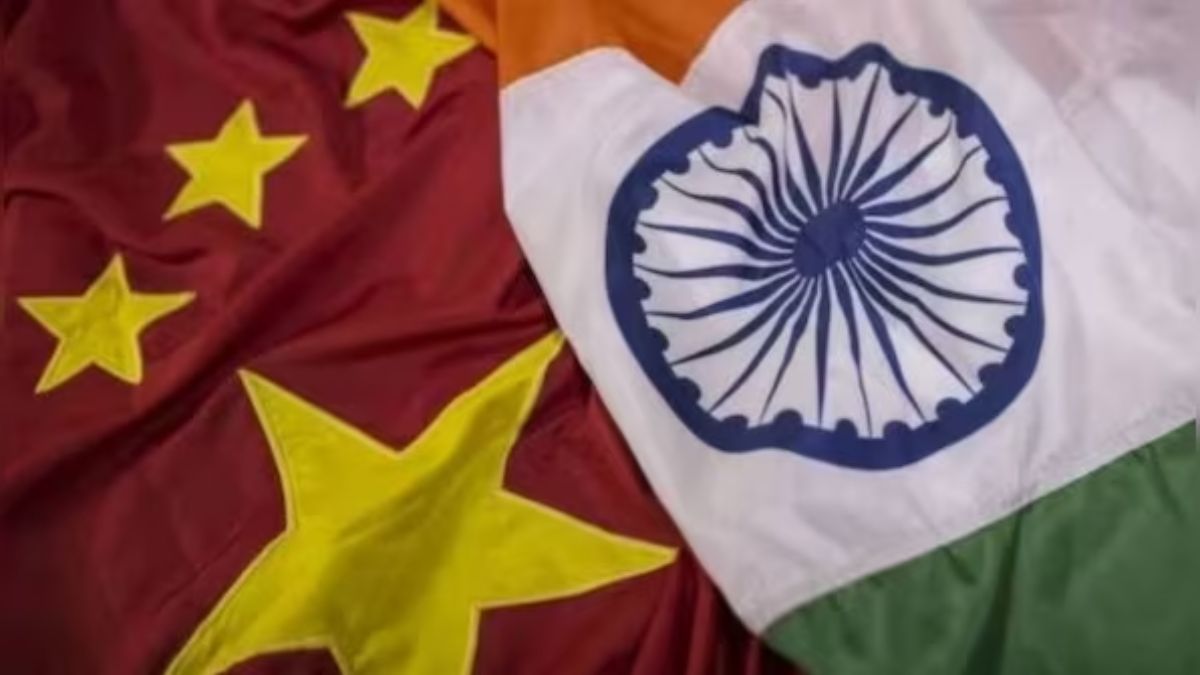By Alison Saldanha
The year 2017 recorded the highest death toll (11 deaths) and the most number of incidents of hate violence (37 incidents) related to cows and religion since 2010, according to an IndiaSpend database that records cow-related hate crime.
The effects of hate crime are deeper and more wide-ranging than those of other serious crimes such as murders and assault. They impact not only the immediate victim but also the community with which the victim identifies, affecting social cohesion and stability, as IndiaSpend reported on 8 December, 2017.
“These are just the tip of the iceberg, what we have encountered on the ground are a much larger number of cases–many reported in the local papers–many not reported at all. But no doubt there has been an extraordinary rise in the number hate crimes across the country in recent years,” author and human rights organiser Harsh Mander told IndiaSpend in a live interview on 13 December, 2017.
Attacks based on race, religion, caste or ethnicity in India often occur when the attackers believe they have political cover to safeguard them from state retribution, according to the experts in criminal law and human rights we spoke to. The political dispensation under which these crimes take place must be held accountable, they said.
“There seems to be a kind of permissive environment for people to engage in hate speech and to act out on hate,” Mander said. “This plays out in terms of lynching, individual hate attacks, attacks on places of worship–especially Christian places of worship on priests and nuns–and attacks on dalits (which has been going on for much longer). Particularly, against Muslims, we see a marked rise in the number of attacks and their viciousness.”
To prevent a cycle of revenge and violence, it is crucial for the state to respond immediately to establish the rule of law, and insist that any provocation or suspicion be handled by the criminal justice system and not through mob justice, the experts said.
A chronological look at hate crimes reported through the year show number and intensity rising through the year. Here are 4 incidents that came to define 2017.
April 2017, Rajasthan: Pehlu Khan (55)
At 6 pm on 1 April, 2017, while returning from a Saturday fair in Jaipur, Rajasthan, after purchasing two milch cows for Rs 75,000, a group of six men was attacked by gau rakshaks (cow-protectors) affiliated with the Bajrang Dal and Vishwa Hindu Parishad, according to this Indian Express report from April 2017. The victims were attacked despite producing documents proving legal purchase. Gau rakshaks reportedly asked the victims their names and allowed one of the drivers, Arjun, to leave. The other five were then beaten and had to be hospitalised. Of these, Pehlu Khan (55) died at a hospital in Alwar district two days later.
Purported videos of the incident were circulated on social media. Later, the Rajasthan police arrested six suspects identified by Khan on his deathbed. The accused were later released in September 2017 when the police closed investigations claiming none of these men were present at the time of the attack, according to this Hindustan Times report from 14 September, 2017. No other arrests have been made so far.
In the eight years since 2012, most of those killed – 25 of 29 persons – were Muslim. Of all victims – killed or injured, whose identity was reported in news reports – 53 percent were Muslim, 12 percent were Dalit and 10 percent were Hindu, the IndiaSpend database shows.
“Which means that after the attack if the identity of the person is seen to be Muslim, there is a much greater chance that the mob will kill them,” Mander told IndiaSpend.
June 2017, Delhi: Junaid Khan (16)
Three days before Eid, 16-year-old Junaid Khan from Faridabad visited Delhi to offer prayers at the Jama Masjid and to shop for new clothes with his brother. They promised to return home before sundown. On their way back, in a crowded Mathura-bound train, an argument broke out over a seat and Junaid was stabbed to death, according to this Hindustan Times report from 27 June, 2017. The attackers, who boarded the train at Okhla and asked the four to vacate their seats, repeatedly called the family “anti-nationals” and “beef-eaters”. They threw their skull caps on the floor, caught their beards and taunted them with terms such as “mulla”, the report said. They threw the boys out of the train at Asaoti station, where Junaid bled to death on his brother Hashim’s lap.
Hashim alleged none of the passengers came to their help. “Instead, they asked those men to finish us all,” he said, according to the Hindustan Times report. A week after the crime the Haryana police arrested four persons in connection to the crime, including a Delhi government employee. None have been convicted yet.
Junaid’s death sparked off citizens’ protests in London, New York and many Indian cities against the government’s slow response and silence after nationwide attacks against mostly Muslims and Dalits. A day after these demonstrations–captured widely on social media and the news–Prime Minister Narendra Modi, who had thus far been quiet on the issue of cow vigilantism, spoke out at the centenary celebrations of Sabarmati Ashram in Gujarat. “Killing people in the name of gau bhakti (cow worship) is unacceptable,” he said. A day before Parliament’s monsoon session could begin, on 15 July, 2017, the prime minister, at an all-India meeting of the Bharatiya Janata Party (BJP), once again criticised cow vigilantes and put the onus on state governments to stringently act against them, as IndiaSpend reported on 28 July, 2017.
However, states continued to record more hate crimes.
No one spoke about protecting cows more than Mahatma Gandhi and Acharya Vinoba Bhave. Yes. It should be done: PM @narendramodi
— PMO India (@PMOIndia) June 29, 2017
No person in this nation has the right to take the law in his or her own hands in this country: PM @narendramodi
— PMO India (@PMOIndia) June 29, 2017
Let's all work together. Let's create the India of Mahatma Gandhi's dreams. Let's create an India our freedom fighters would be proud of: PM
— PMO India (@PMOIndia) June 29, 2017
August 2017, Bengal: Anwar Hussain (19) and Hafizul Sheikh (19)
In the early hours of 27 August, 2017, Nazrul Islam (25), Anwar Hussain (19) and Hafizul Sheikh (19) were transporting cattle from the Dhupguri cattle market to Tufanganj in Cooch Behar district, north-east Bengal, when they were apprehended by a mob near Barohalia village in Jalpaiguri, IndiaSpend reported on 1 September, 2017. The men had purchased seven cattle from the market and had lost their way to Tufanganj in the middle of the night. Noticing that the men were travelling with cattle, the mob demanded Rs 50,000 to let them pass the area. When the victims said they did not have the money to pay them, the mob attacked them. Nazrul Islam, the driver of the vehicle, escaped, but the 19-year-olds could not as the villagers beat them to death.
The lynching raised Bengal’s death count to five persons this year, making it the deadliest state for bovine-related violence in 2017 till date, according to the IndiaSpend hate crime database . While the state police arrested three persons in connection to the lynching, investigations to identify other members of the attacking mob have led to no arrests so far.
December 2017, Rajasthan: Mohammad Afrazul (45)
On 6 December, 2017, in Rajasamand, Rajasthan, Mohammad Afrazul, a migrant labourer from Malda district of West Bengal was hacked to death and set ablaze by Shambulal Regar (37), who circulated a video record of the attack on Whatsapp. Regar’s 14-year-old nephew filmed the act.
In one of the clips posted online, Regar – in a red shirt, white trousers and a white muffler – is seen walking behind Afrazul to a spot in the woods. Suddenly, Regar lifts a pickaxe from the ground and strikes Afrazul who falls down. Regar hacks Afrazul repeatedly as the victim wails loudly, pleading for his life. Momentarily, Afrazul attempts to escape, stumbling out of Regar’s grasp. However, the attacker catches up to him easily and deals two final blows as the cries for help grow silent. Regar then turns around, walks toward the camera and launches into an anti-Muslim hate speech.
He says that he killed to save a woman from “love jihad”. He threatens all Hindu-Muslim relationships will suffer a similar fate.
He then walks back to Afrazul’s corpse, strikes it again with the axe and proceeds to burn the body.
While Regar was arrested the same day, police investigations later revealed the attacker wanted to kill another man and mistakenly hacked Afrazul to death, the Hindustan Times reported on 19 December, 2017.
“There is viciousness to this hatred. For someone to kill a stranger with such brutality shows we have let loose a climate of hate that targets Muslims. The leadership at the very top of the country needs to take responsibility for how this permissive environment of hate has been treated,” said Mander in the IndiaSpend live interview.
This videotaping of lynching attacks, which in most cases is carried out by the perpetrator or his supporters who take the video and upload it online, means three things, Mander explained: First, it is implies the attacker is performing a great act of “masculine heroism”; second, it indicates that one is completely assured of their impunity–“even if your face is filmed as part of the mob you’re assured nobody will do anything (otherwise you wouldn’t tape your crime); and third, it communicates a message to the targeted community, who is seen begging for their lives in the video, and to everybody else that this is their status.
“This videotaping of lynchings in India converts this hate crime into a public spectacle, a public entertainment,” Mander said. “You’re putting out a new kind of video-game reality show. It’s so terrifying because it reflects what we are becoming as a society.”
(Saldanha is an assistant editor with IndiaSpend.)


)




)
)
)
)
)
)
)
)